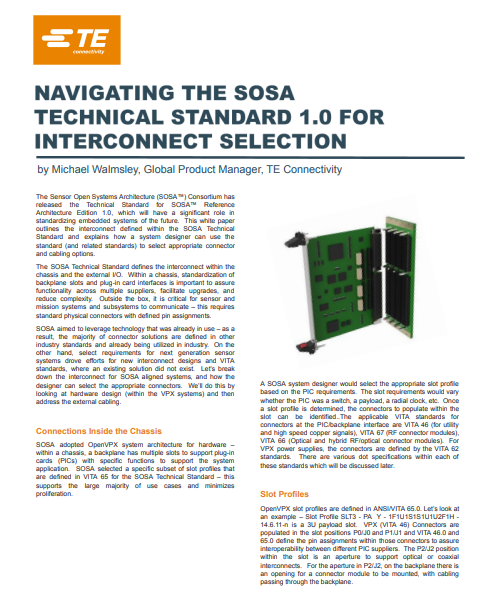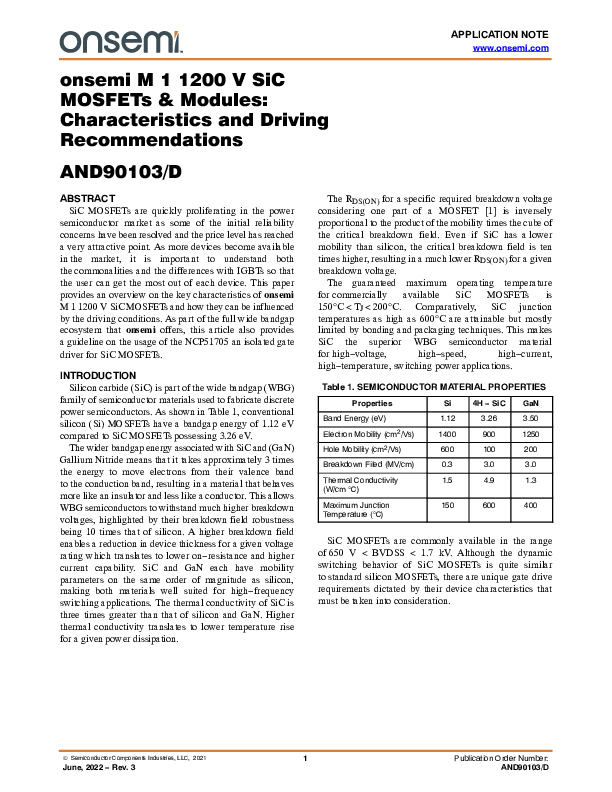

FOUR INDUSTRY TRENDS AFFECTING CONNECTIVITY DESIGN
Designers of electronic products are continually challenged to evolve those products, which requires incorporating the newest features while addressing trends toward higher density, greater speed, expanded connectivity, and improved power management. Facing increasingly short design cycles in an era where products are revised within months, developers turn to the Data and Devices division of TE Connectivity (TE) to incorporate advanced, reliable connectors and components that rapidly drive new generations of electronics.
From “Big Data” and the Internet of Things (IoT) to wearable devices, 4K television, and 5G wireless networks, market forces are driving the need to move more data faster than ever to more places. As a result, products are becoming faster, smaller, more connected, and more energy-efficient. At the same time, the shelf life of products is becoming shorter. Companies are under constant pressure to get to market more quickly with products whose lifespans are becoming more limited, and they must manufacture with the speed and agility to roll out new products as the market demands them. Gone are the days when data center hardware was used for decades or consumer devices were replaced only once they broke. In this new, data-hungry world designers need components that allow them to easily upgrade within the same footprint, letting them quickly and efficiently scale to future user requirements.









